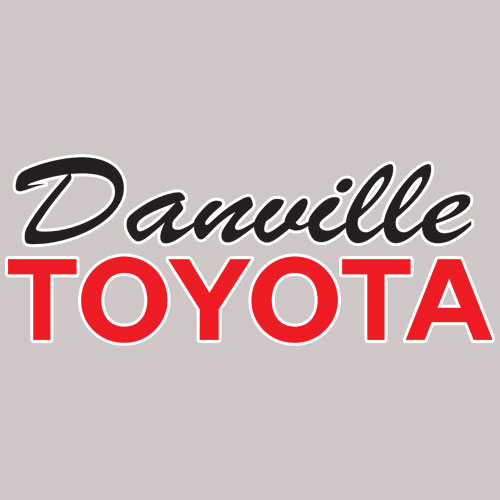All businesses are equal in the eyes of financial failure. Many people are under the false impression that well-established businesses are safe from any form of financial collapse; however, the reality is that all businesses are at risk of financial mishaps. Companies, large and small, are vulnerable. Likewise, just as easy as a company can find itself in financial trouble, there are ways to avoid and prevent these financial troubles. Varun Sadana, Vice President of The Launch Place, simplifies many problems that a business may face into one determining issue, unbalanced cash flow. On paper a business that appears to be profitable can end up in financial turmoil due to poor cash management. Sadana states, “The source of this is the length of time in between which you make payments to suppliers and employees and the time you receive payments from customers or other revenue sources. Often, there is lag time in between which creates a problem. The bigger the time period between collection of cash (from customers) and payments (to suppliers), the more challenging it is for a business to manage cash. To put it simply, the cash flow problem is when cash outflow is faster than cash inflow at that point for the business.”
What does it mean if a business is experiencing an issue with its cash flow? It means that it leads to delays in payment to critical suppliers, purchase of inventory, compensation of employees, and it hurts the creditworthiness of the business. One misconception companies have is receiving payment from a sale immediately. If a sale is made today, then it does not mean they are going to be getting paid today. Therefore implementing good cash management strategies are critical to operating any business.
To avoid a cash crunch, Sadana suggests that a company keep an eye on their sales cycle, making sure they not only have healthy margins but also have manageable sales cycles. The appropriate margin, steady sales, shorter sales cycle, as well as well as manageable collection time frame will allow past sales to keep the cash inflow at the appropriate level for cash outflow. An excellent tool to manage the inflow and outflow of cash is a detailed forecast. The forecast will tell the business owner where and when the cash is coming in from, i.e. product sales and services rendered, and how and when the cash is flowing out, i.e. supplier payments, rents, employee wages, utilities, insurances, etc.
Remember profit does not equal cash flow therefore in order to ensure adequate inflow of cash companies should review their receivables processes and look for ways to incentivize customers. Offer incentives to convince a customer that they want to pay a company sooner than later. Provided you have healthy margins, Sadana recommends offering customers a discount from the original price if they agree to pay for their purchase in the time frame of thirty days, rather than sixty days, for example. If this is implemented then the company will be bringing in income more frequently.
Other ideas are to use an electronic system or utilize a payment plan. Electronic systems can bill invoices immediately and also track slow paying customers to send reminders for payments. Payment plans are also another way to get cash in the door. Rather than depending on a customer to pay the grand total all at one time, allow them to pay an initial fee of 30% of the total cost, thereafter have them pay another 30% of the total cost, and at the end of the payment process have the customer pay the remaining balance. Sadana explains, “If you are working on a ninety day project, you do not want to be incomeless for ninety days, you want to continue the flow of cash. Milestone based payments give you this flexibility.”
Another good cash management practice is to create accounts payable strategies that will focus on cash outflow. It is best for a company to hold onto cash for as long as they can; therefore when purchasing something from a supplier, they should postpone the date in which it must hand over its money to said supplier for as long as it can. If a supplier gives a company sixty days from final purchase, unless you receive discounts for paying early, a company should wait until the last few days before making the payment. Electronic fund transfers can assist in managing such payments. Another option is to develop favorable payment terms with the suppliers. For example, if you experience a cash crunch then you can request extended terms. Oftentimes, these extended terms are as good as a line of credit from the bank.
Inventory management is also a key piece to managing cash. You need inventory to sell, but at the same time your cash, i.e. the inventory, is stuck if you are not able to sell the inventory in a timely manner. Inventory checks should be conducted regularly. If you find large amounts of inventory sitting beyond the allowable business cycle time, then offer discounts in order to sell the inventory as soon as possible.
Another option is to work with your bank and apply for a line of credit. Having a line of credit available will ensure smooth operations and sales will be able to continue during a short-term cash crunch. There are other options to manage cash flow such as raising private capital or factoring. Sadana says, “There are costs associated with these options, but that’s the price you pay to manage cash and have a sustainable growth.”
Each of these strategies, if applied to a business, will help in ensuring the flow of cash remains smooth. All businesses strive to be seamless, with as few problems as possible, but they can still find themselves juggling with cash. Sadana thinks, “Making cash management your habit and adopting strategies at various departments helps to distress situations.” Ultimately a business wants to eliminate any conflicts within its cash flow and stay cash flow positive. If it stays cash flow positive, then navigating turbulent waters will not be as difficult as they once may have seemed.









